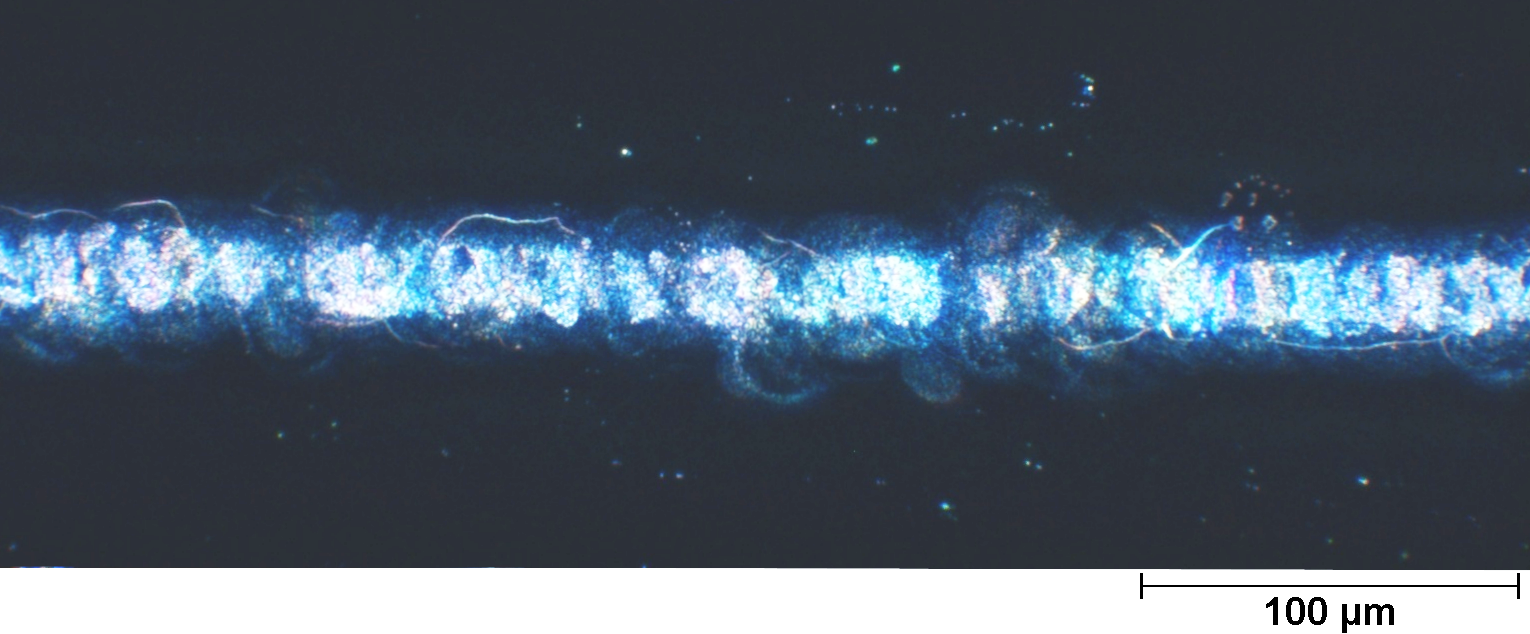High Speed Mask-Less Laser Controlled Micro Additive Manufacture – Mr Jyi Sheuan Ten
The current strengths and weaknesses of additive manufacture (AM) make it suitable for producing prototypes and highly customized components at low production volumes. For micro-fabrication, there are also AM technologies. The main fabrication method of micro devices is photolithography which is not a pure AM. Photolithography involves patterning by lithography, deposition of required material, and resist removal. This process is repeated multiple times to generate multiple layers. Photolithography processes are developed for large-volume, high-feature-density manufacturing of devices with low process and feature diversity. However, photolithography is limited in the types of materials, the number of layers (due to alignment) and the cost of material (Wallace, 2013). The underlying functional materials must survive the application, patterning and removal of photosensitive masking materials; and risk contamination from the photoresist.
Focused ion beam (FIB) deposition is an AM technique capable of depositing metals, ceramics and insulators with feature sizes as small as 50 nm (Yao, 2007a) without masks. Even though FIB deposition is capable of creating small features, the deposition rate is very low at 0.001 µm3/s (Morita et al., 2003). There is also the issue of ion implantation in the substrate for FIB deposition.
Laser assisted chemical vapour deposition (LCVD) has been investigated for the deposition of metals, ceramics, semiconductors and insulators with feature sizes as small as the focal spot of the laser (~5 µm) (Duty et al., 2001). In LCVD, a laser is used to dissociate a stream of precursor gases into deposition atoms. The benefits of LCVD include mask-less deposition and a high deposition rate of around 1000 µm3/s. LCVD is not widely adopted as the feature size, deposition purity and production speed and reliability is not competitive compared to photolithography methods for large volume production. Nevertheless, LCVD may be suitable for low volume production applications such as prototype fabrication.
This PhD project aims to explore the research and development of LCVD as a platform for fabrication of prototypes. The research questions in this project will focus on:
- Understanding the fundamental capabilities of LCVD
- Design and build of a LCVD platform
- Demonstrating the LCVD platform capabilities in building conductive tracks to novel carbon-based materials
- Integration of the LCVD platform with other technologies being developed in the EPSRC Centre for Innovative Manufacturing in Ultra Precision (CIM-UP).
Jason is located at the Institute for Manufacturing, University of Cambridge and is supervised by Prof Bill O’Neill and Dr Martin Sparkes. The project is sponsored by the Agency for Science, Technology and Research, Singapore.
Outputs
Conference Publications
Ten, J.S., Sparkes, M. and O’Neill, W. (2016). High speed mask-less laser controlled precision deposition of metals, Poster abstract, Proceedings of the 16th International Conference of the European Society for Precision Engineering and Nanotechnology, 30 May-3 June 2016, University of Nottingham, Nottingham, UK, 517-518.
Conference Presentations
Ten, J.S., Sparkes, M. and O’Neill, W. (2016). High speed mask-less laser controlled precision deposition of metals, Poster presentation, 16th International Conference of the European Society for Precision Engineering and Nanotechnology, 30 May-3 June 2016, University of Nottingham, Nottingham, UK, P7.19.
Digital Media
Ten, J. S. (2015). High speed mask-less laser controlled micro additive manufacture, PhD project video produced for an informal competition in 2015 where Jyi Sheuan came second in the competition.



